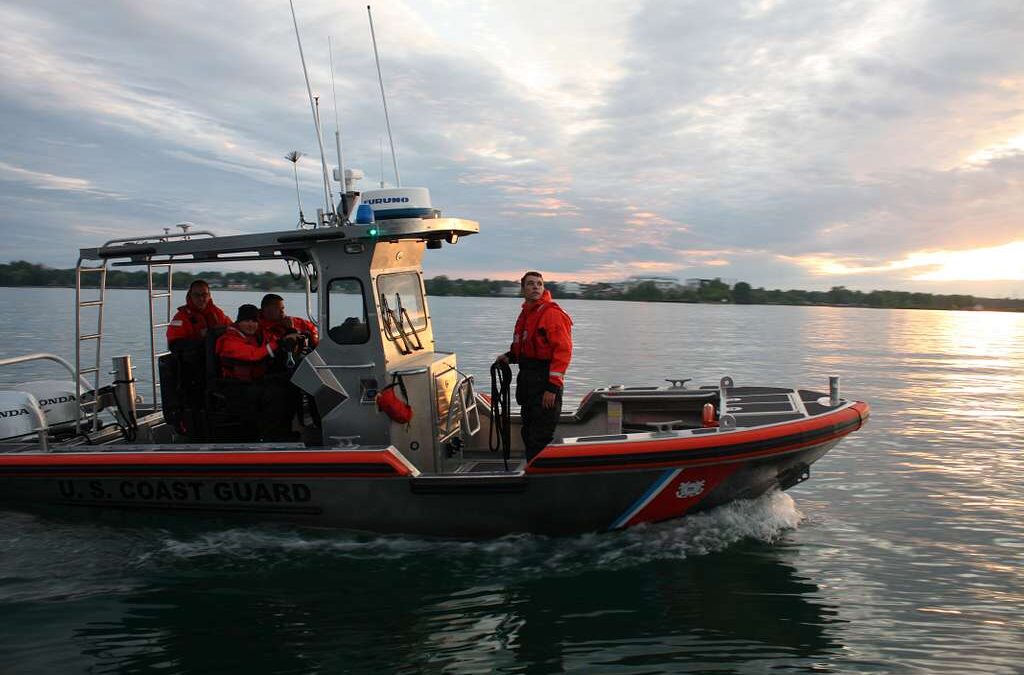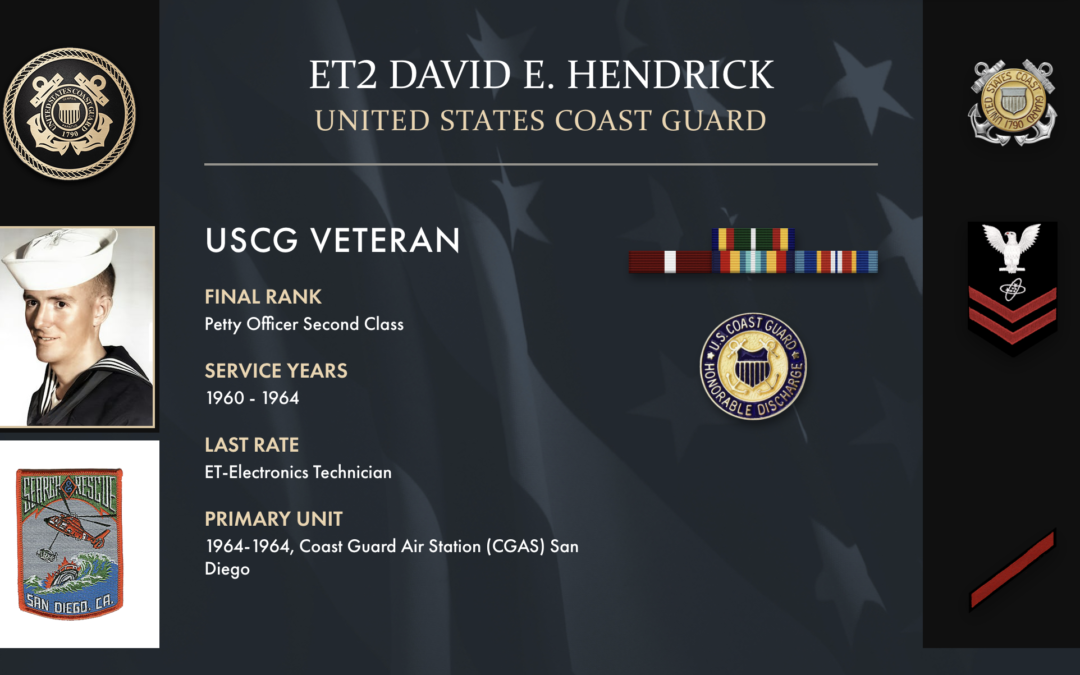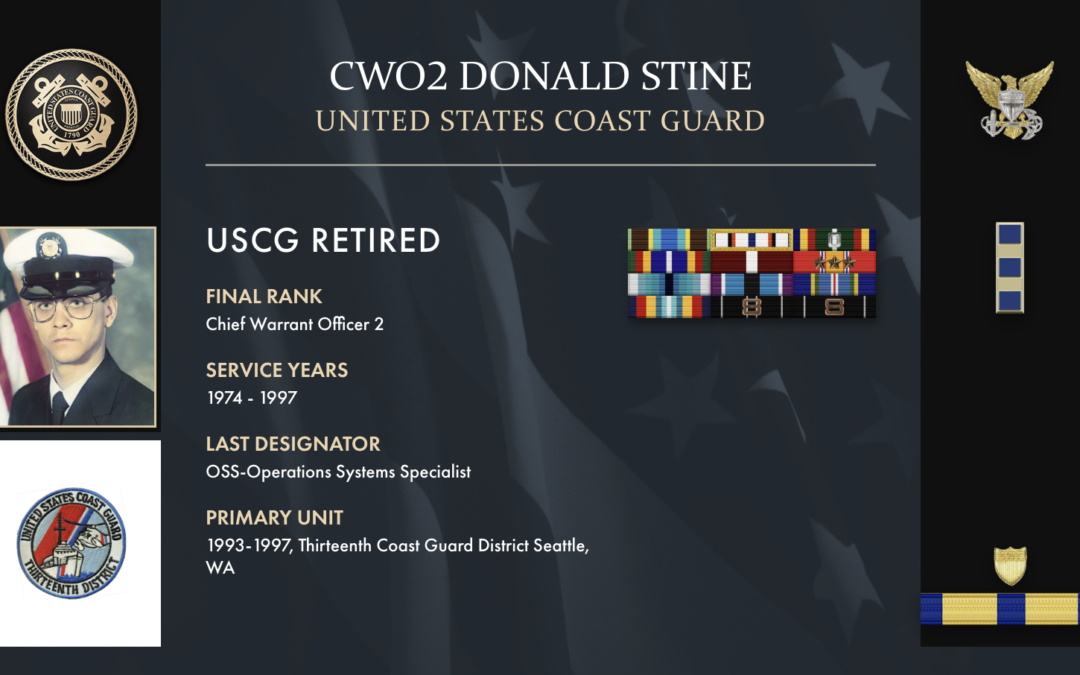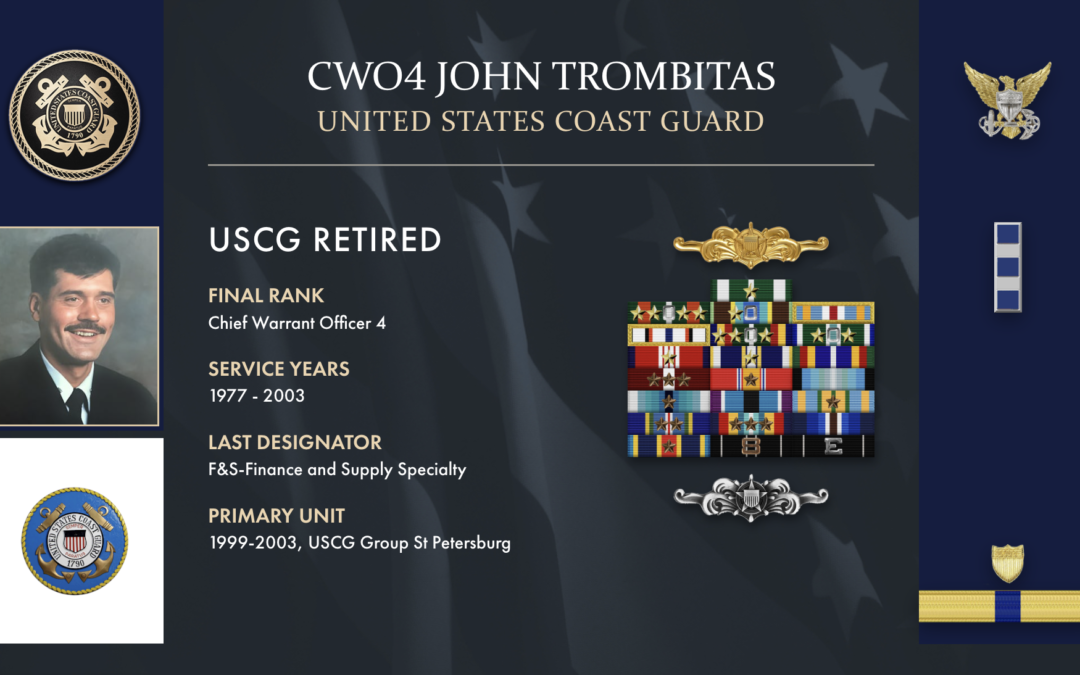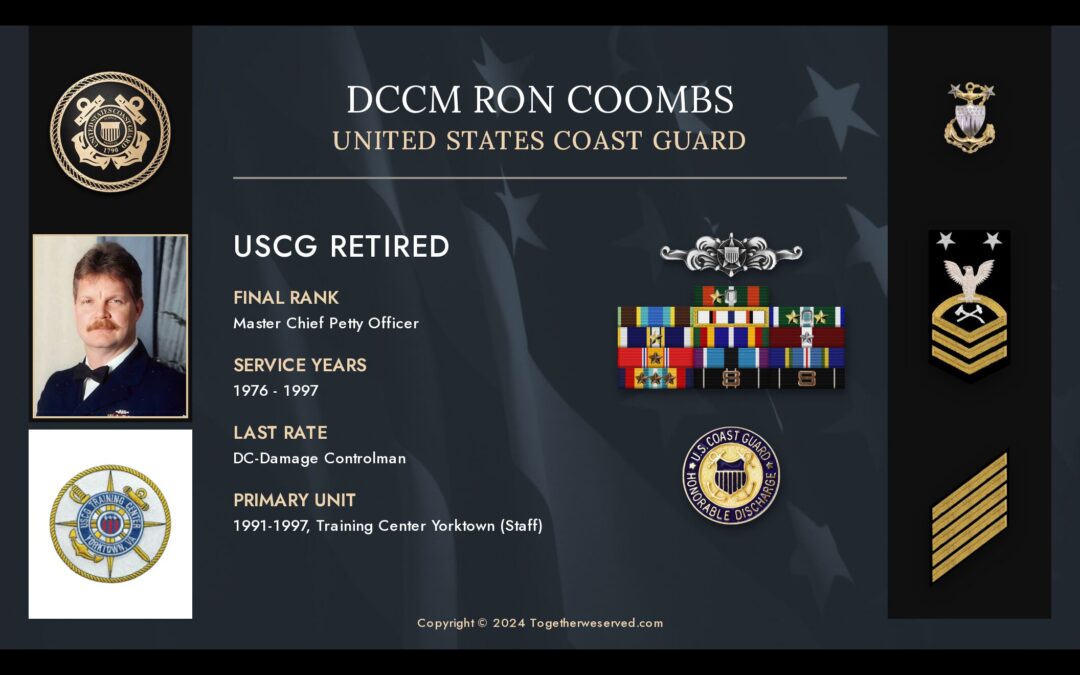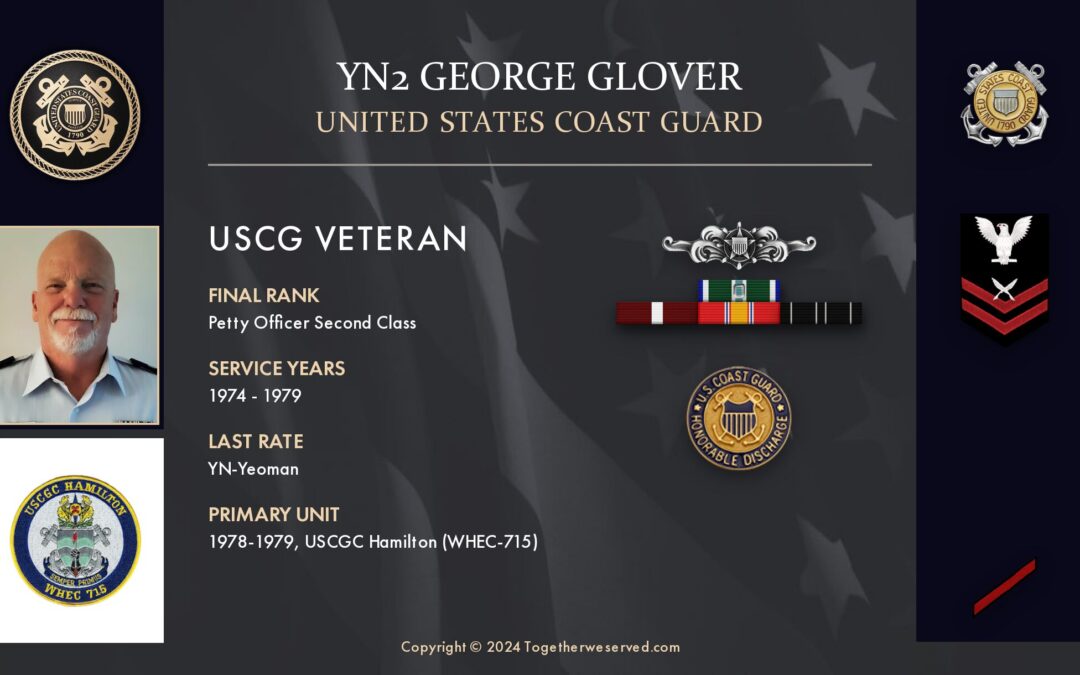A classmate introduced me to the idea of joining the Coast Guard, something I knew little about at the time. Curious, I met with a recruiter, and after watching their video, I was sold. It looked like a great opportunity to serve while furthering my education. My friend and I planned to enlist together through the “buddy system,” but in the end, I got in, and they didn’t. Looking back, it was one of the best decisions I ever made.

